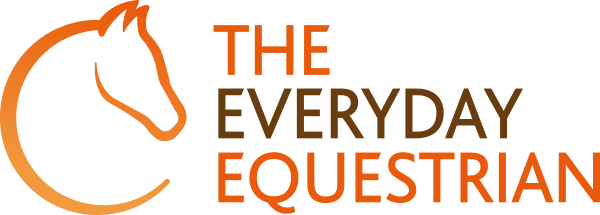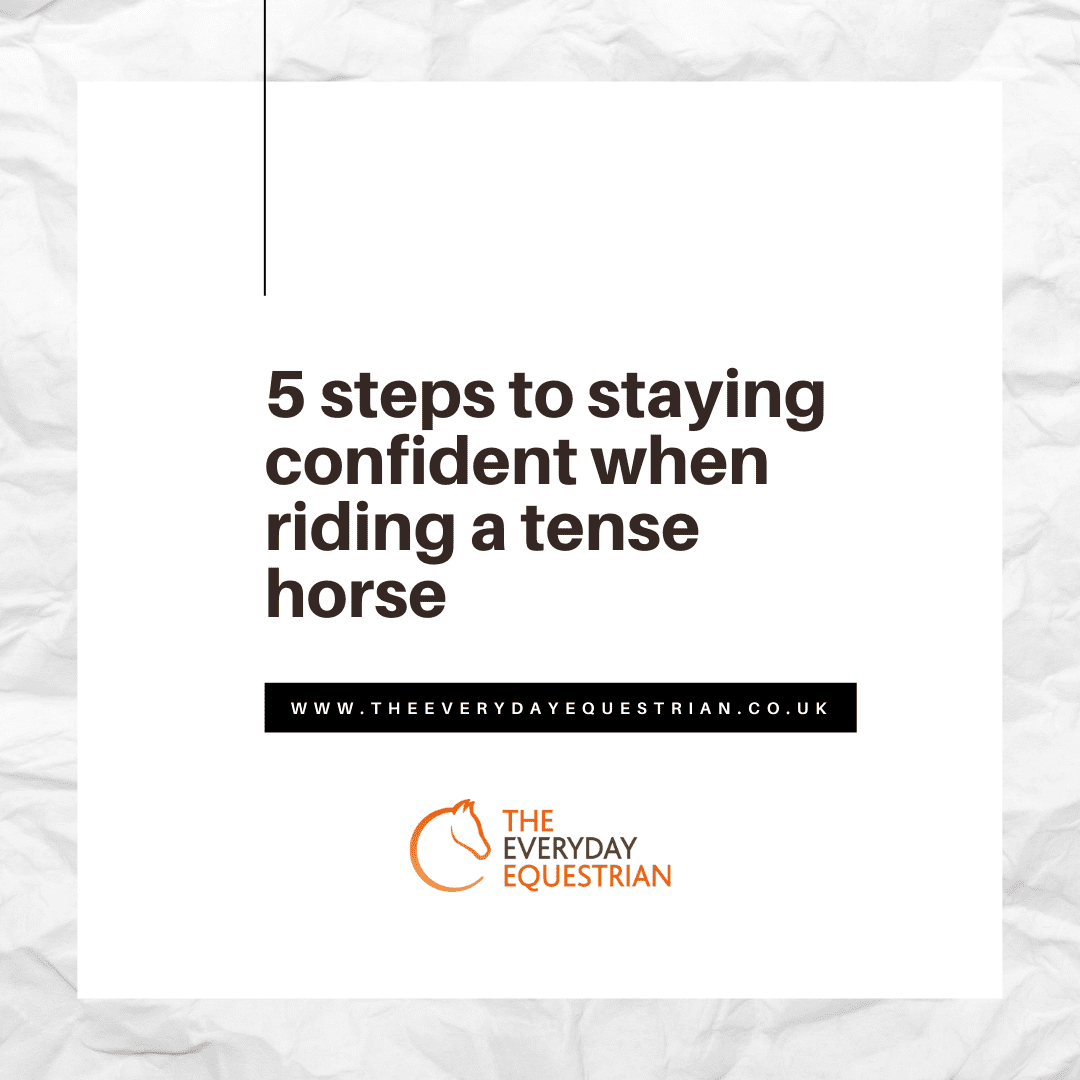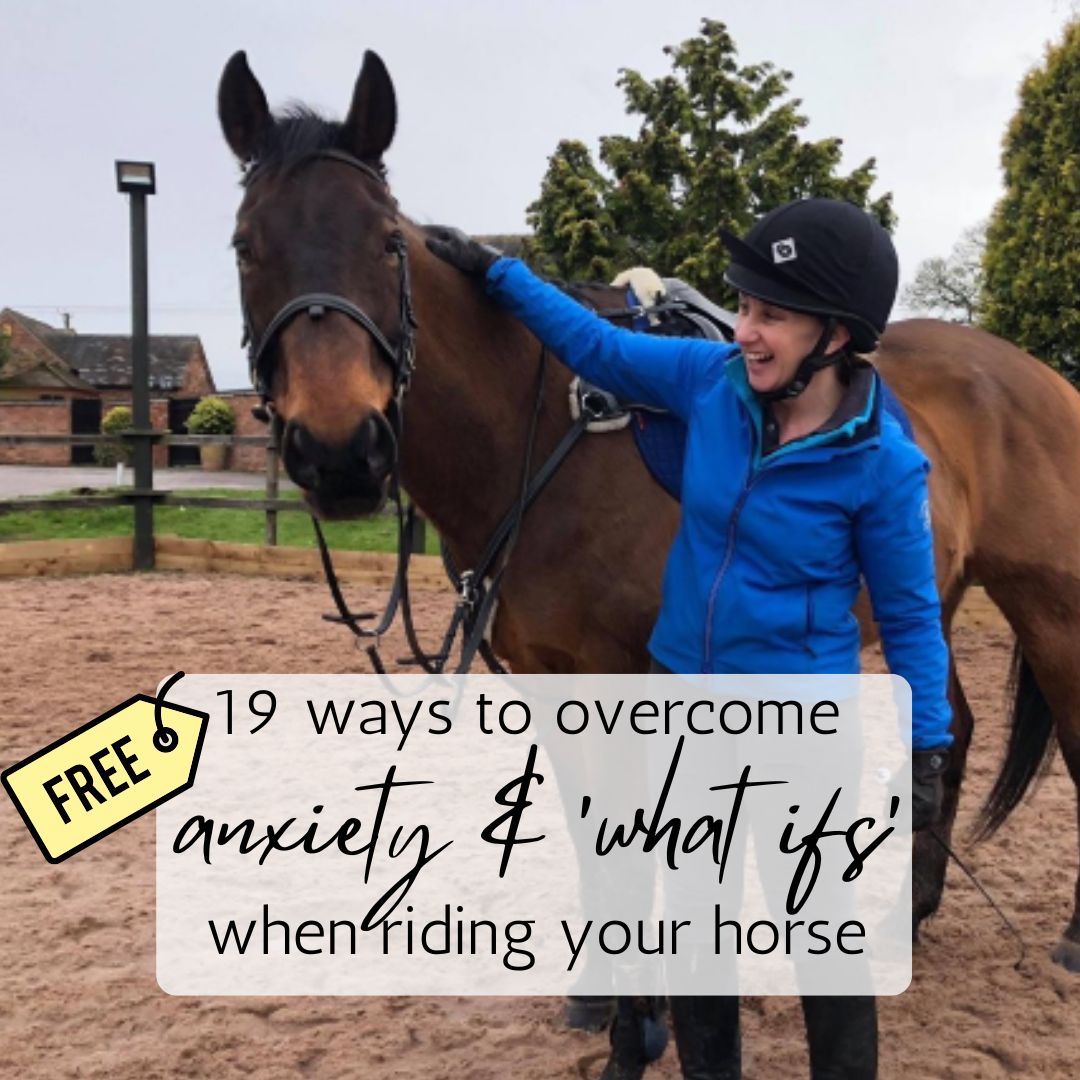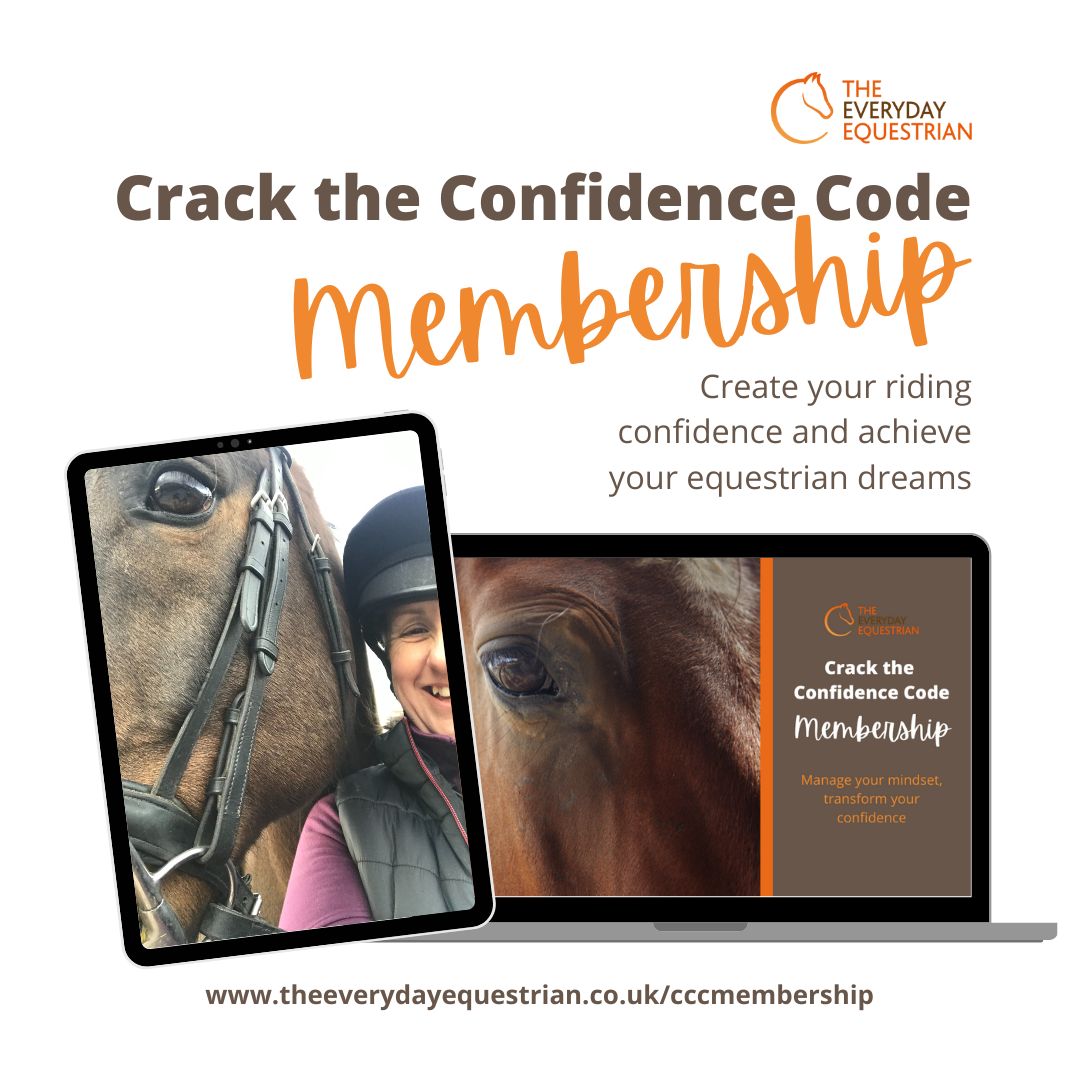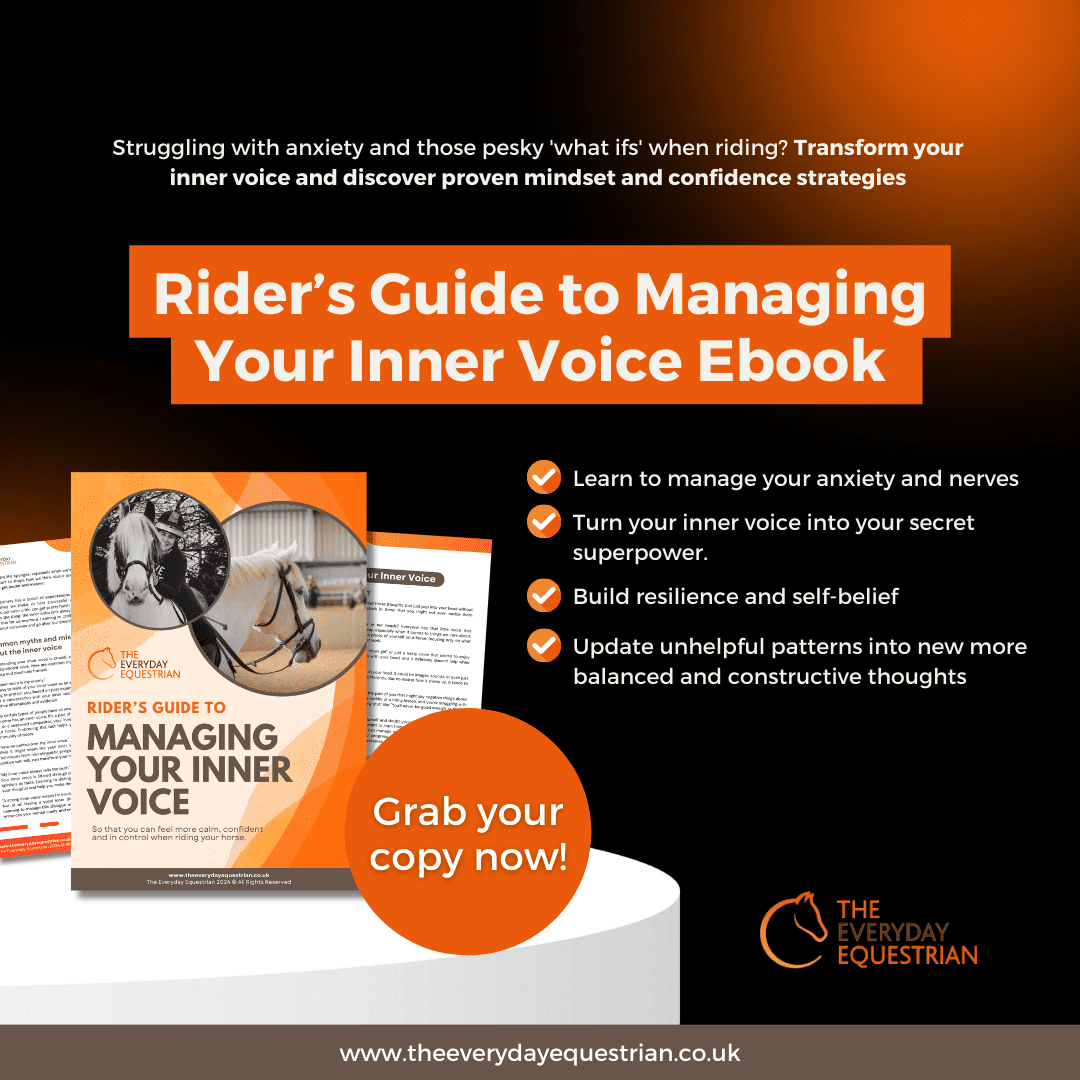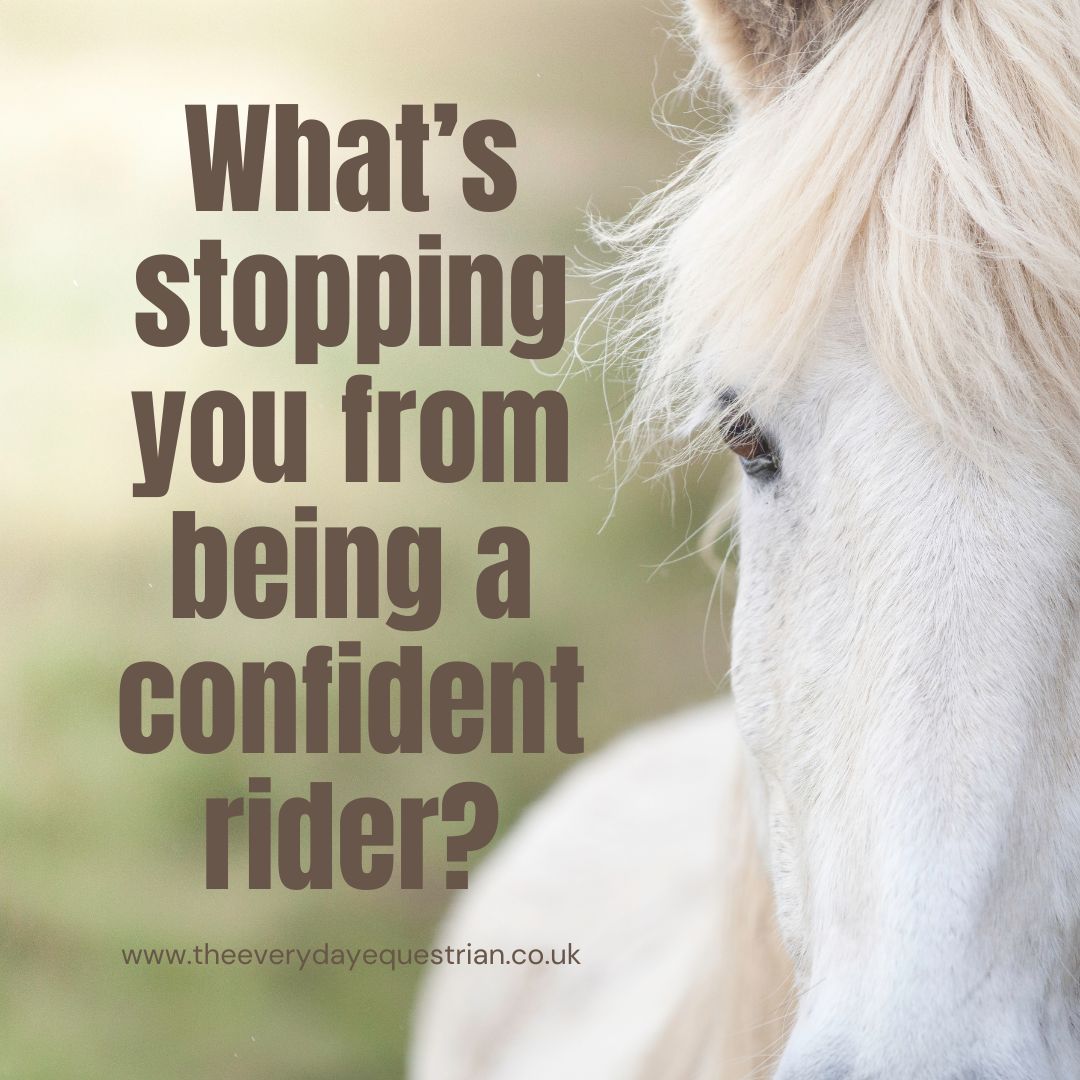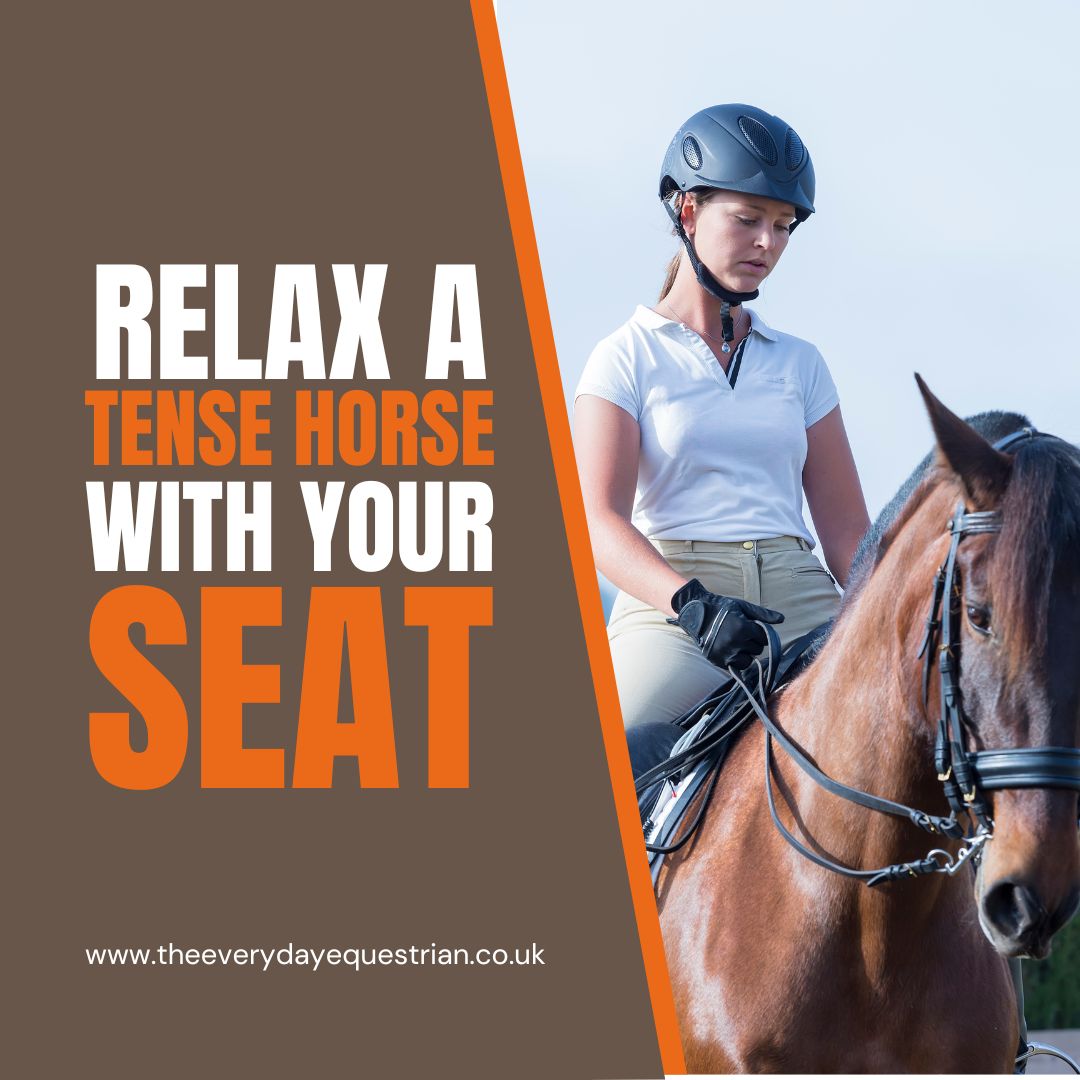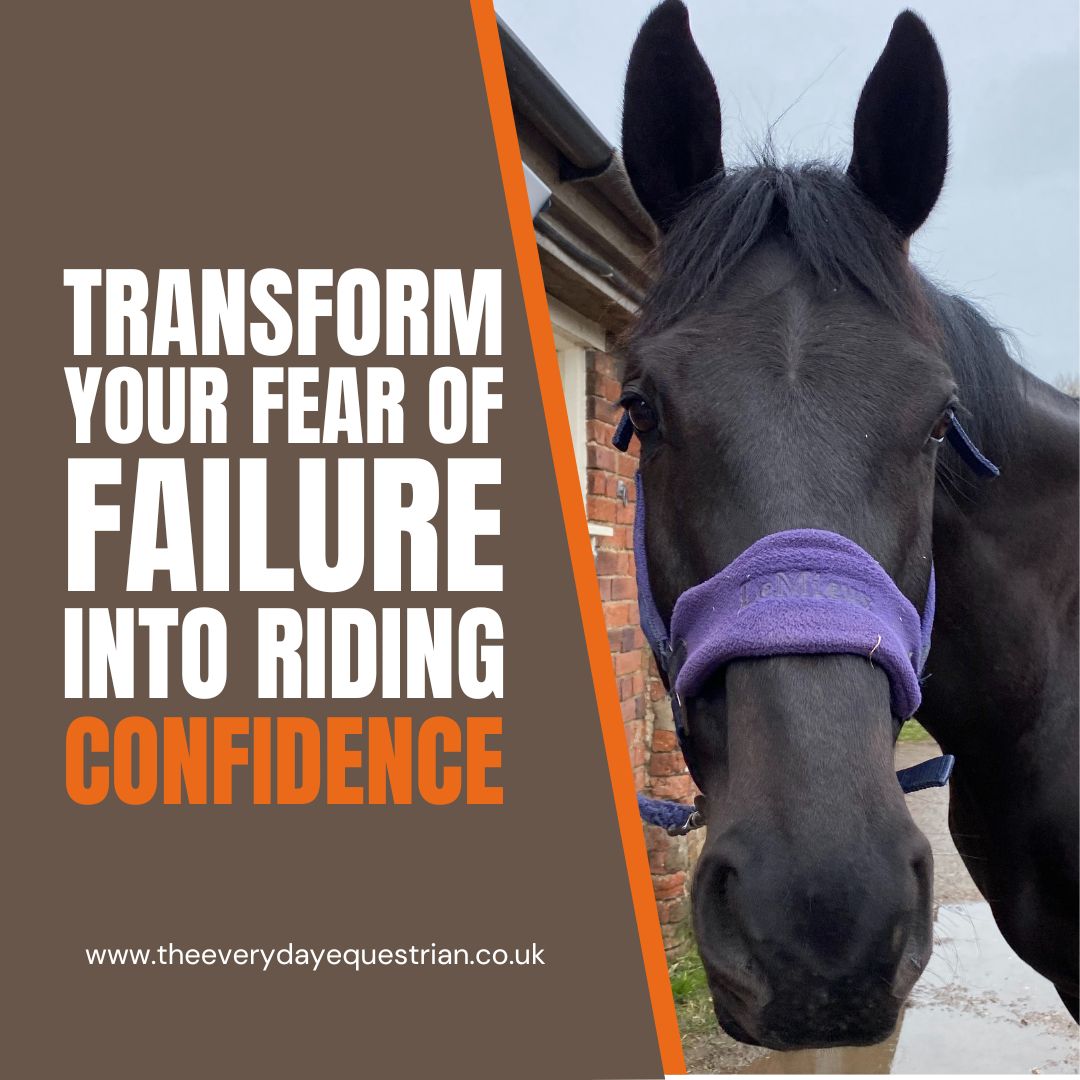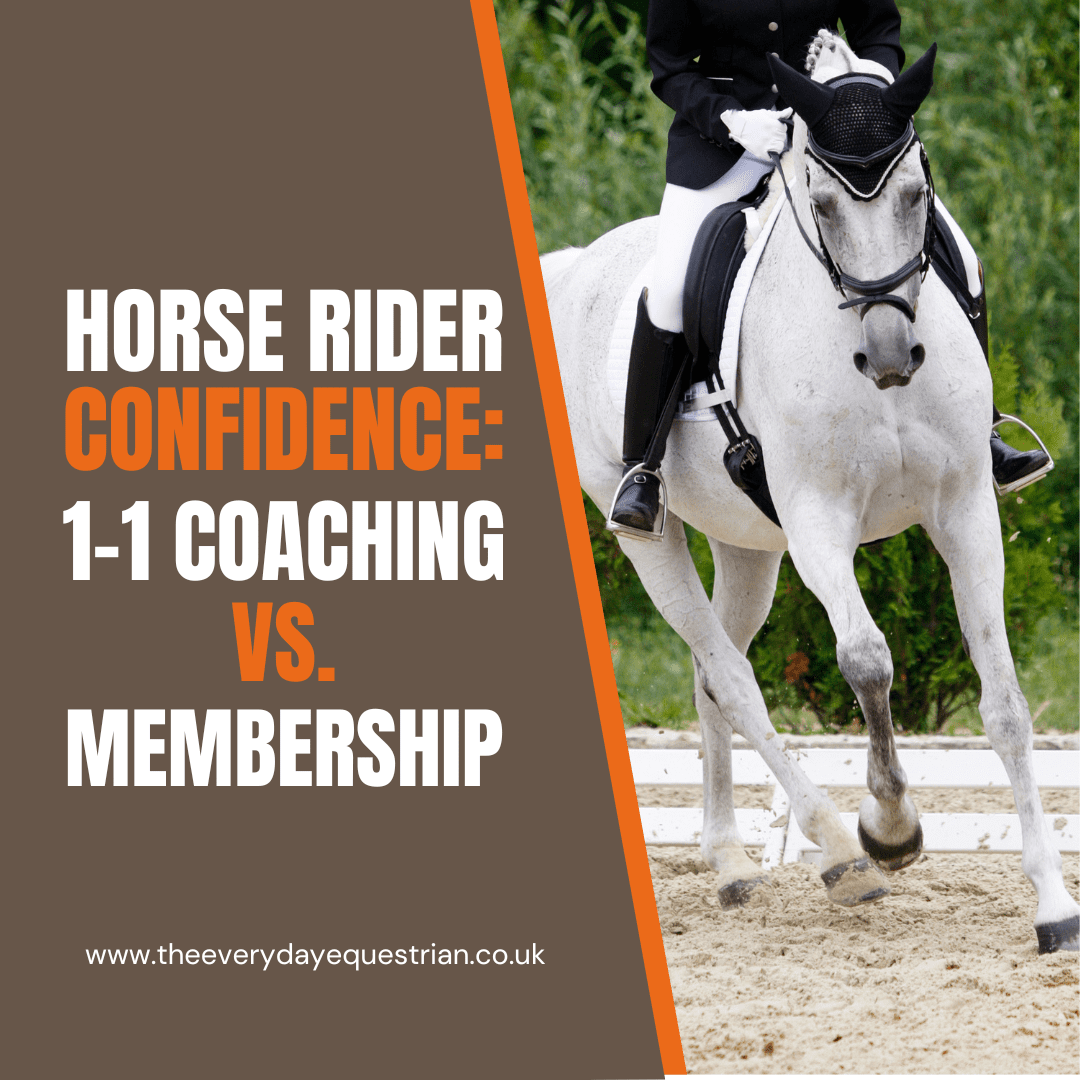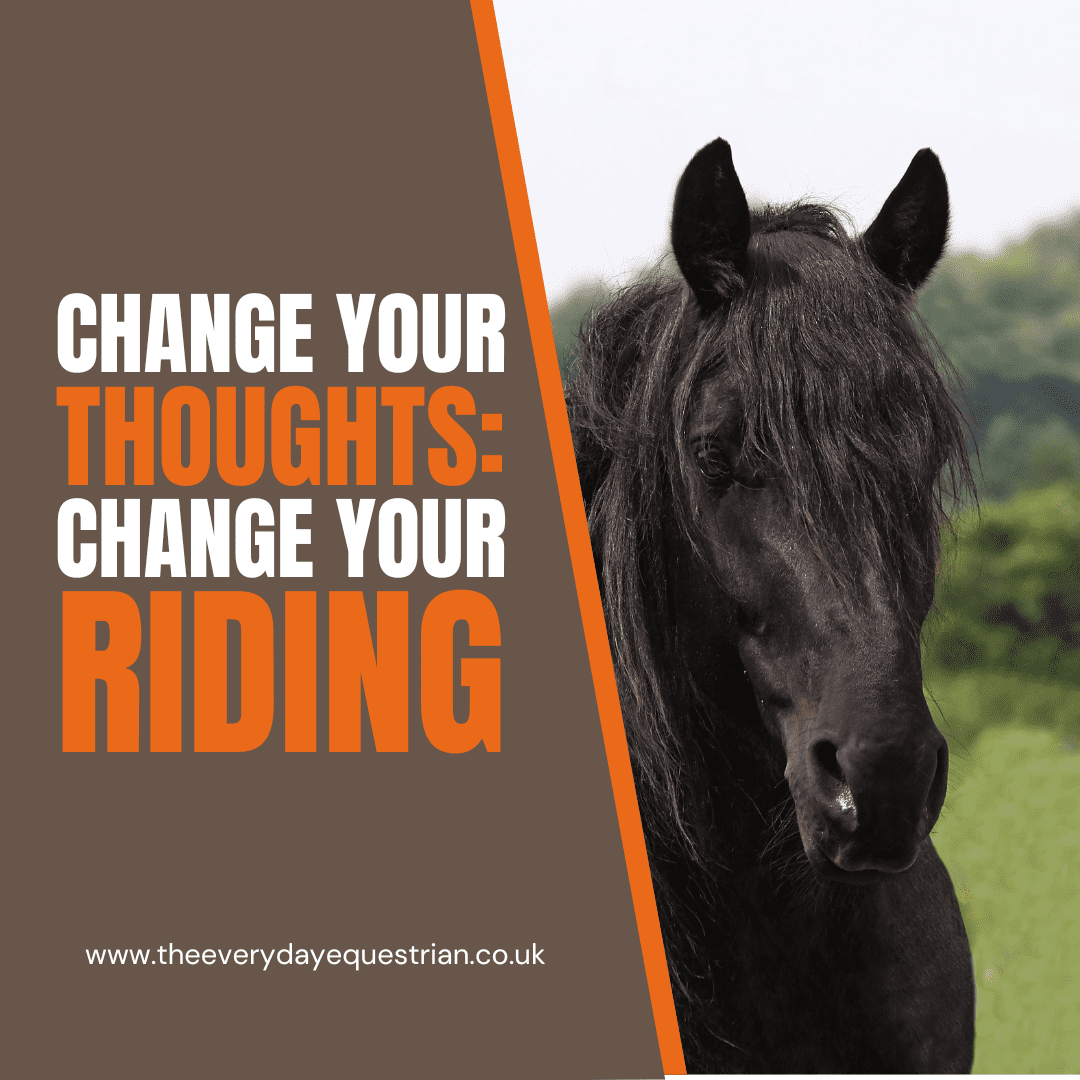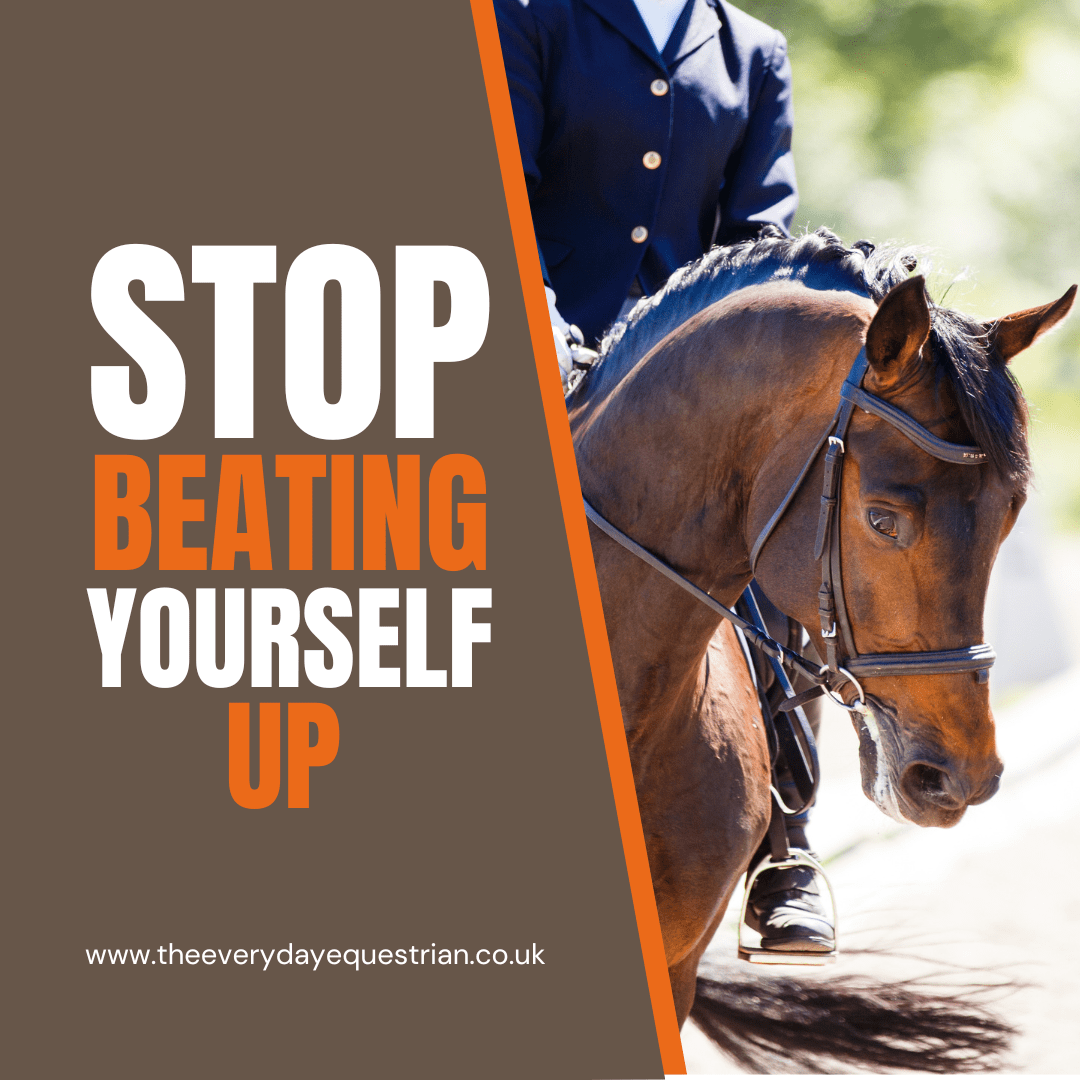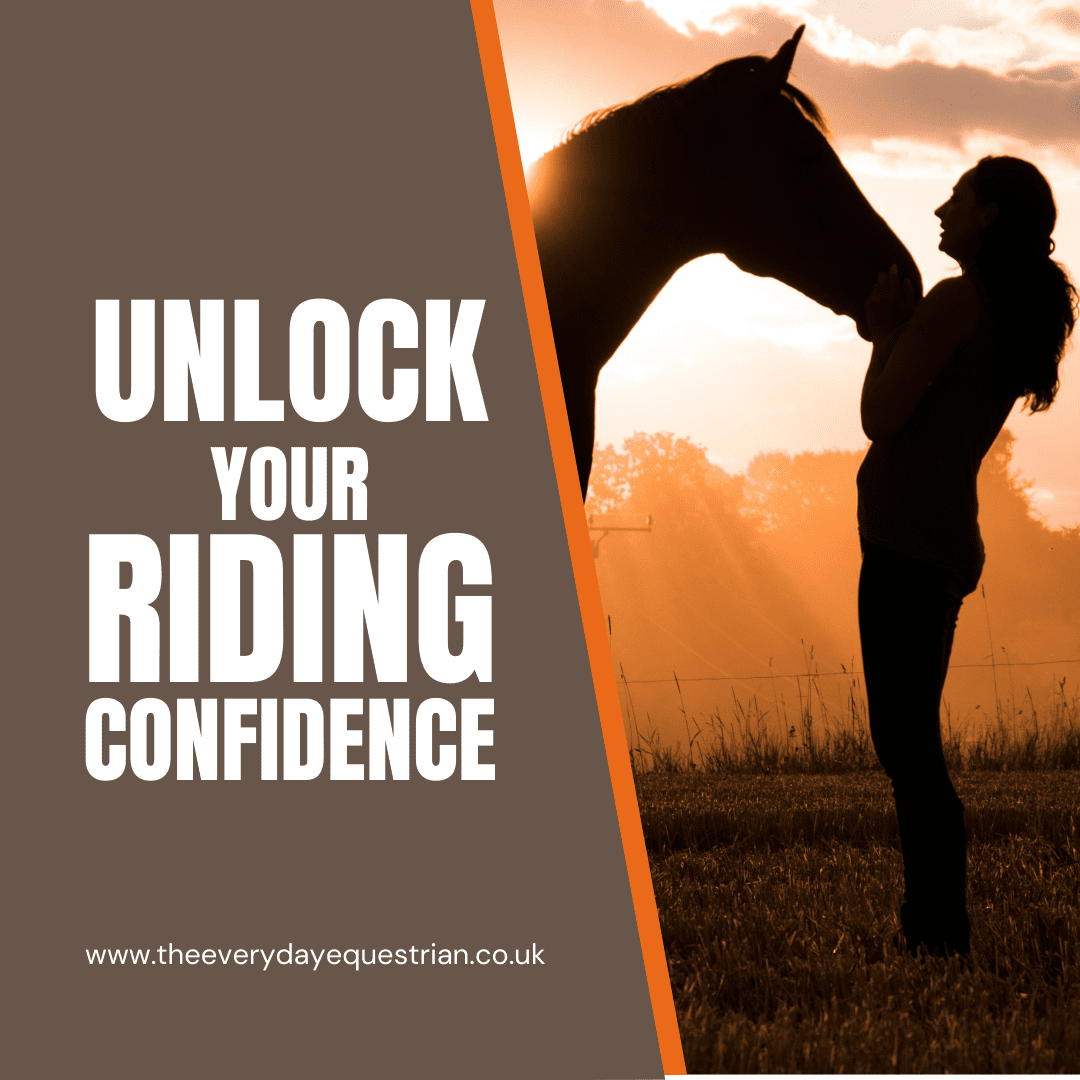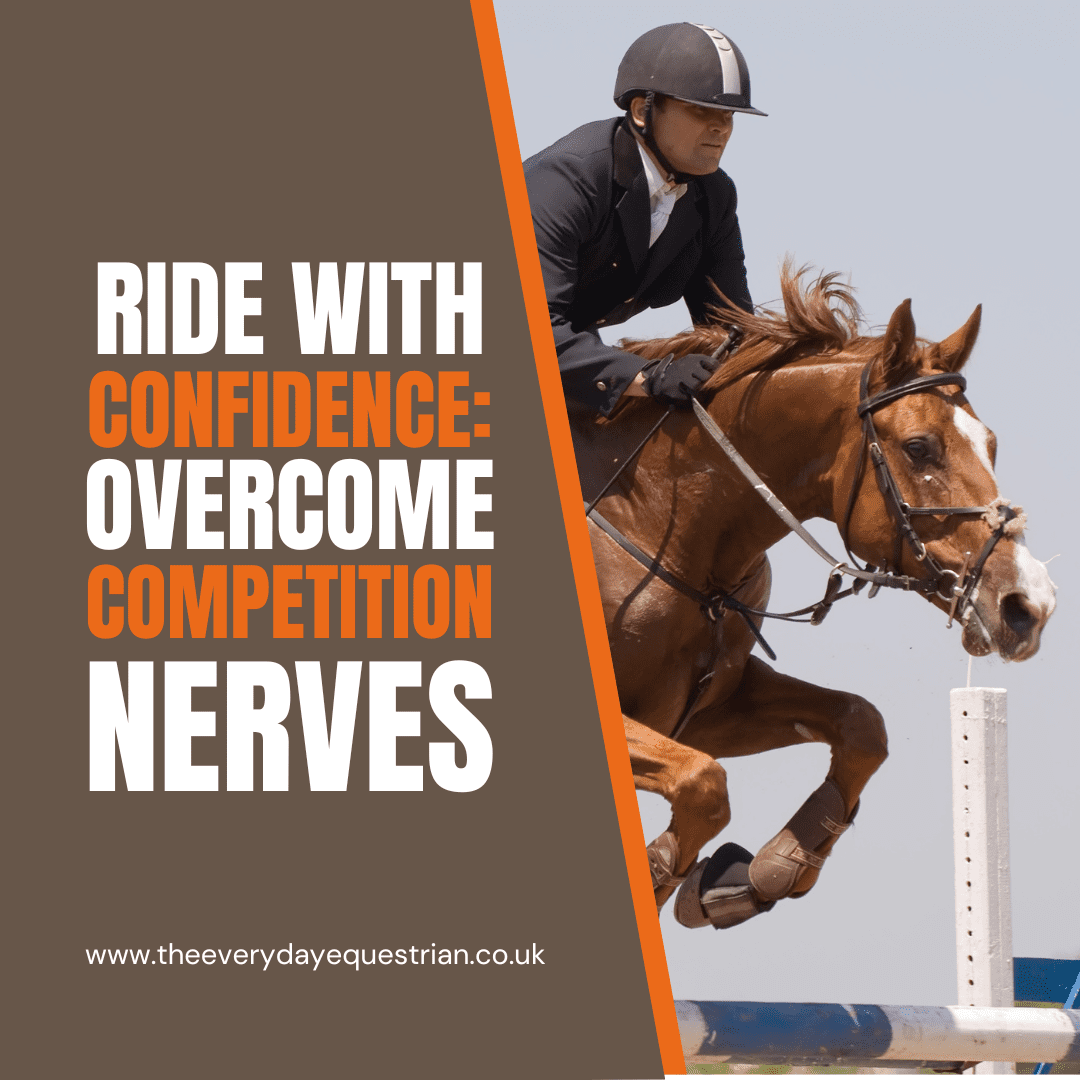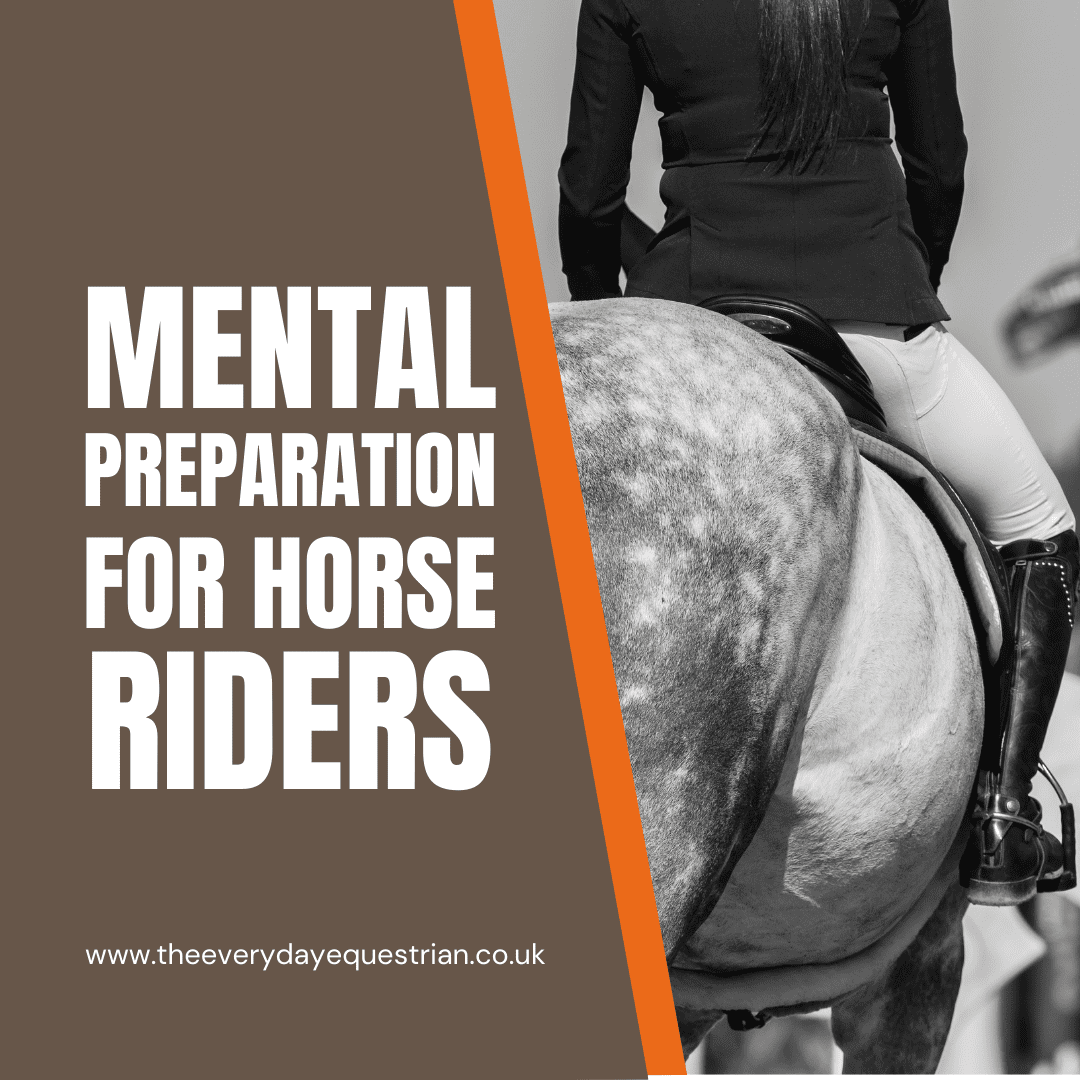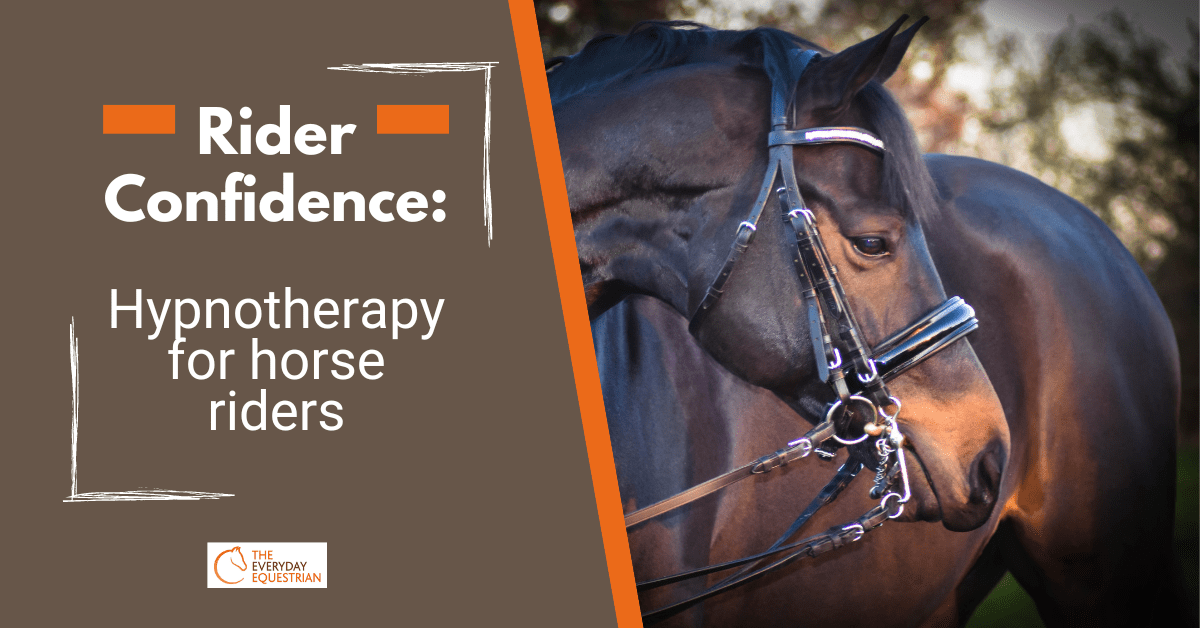We’ve all been there, you’re riding and your horse suddenly sees something in the distance that they’re not quite sure about, their ears prick up, their head lifts so they seem at least 2 hands taller, their body tenses, and sometimes you can even feel their heartbeat!
As a rider, it’s oh-so-easy to feel a wave of anxiety and nerves as you frantically try to figure out (a) what the horse has been offended by, and (b) how to regain his attention as you suddenly feel like a bit of a passenger!
The thing to remember is that your horse needs you to reassure him, lead the ‘herd’ and manage the situation safely and effectively. As prey animals, horses are pre-programmed with a strong flight or fight instinct, and as riders, it’s your responsibility to keep you both safe.
So in essence, your priorities as a rider in this situation are:
- Keep you and your horse (and those around you) safe and in one piece
- Manage your own flight, fight or freeze response
- Calmly and positively regain your horse’s attention
- Plan what you choose to do next
- Praise and reassure your horse (and yourself!)
Keep you and your horse safe and in one piece
In my opinion, keeping yourself safe is the number one priority, so if you feel safer and more in control of your horse and the situation by dismounting (if it’s safe to do so), then this is the right decision. If you feel safer ‘staying on board’, then this is the right decision. Whatever it takes to keep you both in one piece should be your priority, and please make no apologies for that. That means that there is always another day.
Manage your own flight, fight or freeze response
In terms of managing your mindset, the only person who can do this is you; it’s not your horse’s responsibility to calm you down! To do this effectively, you need to know what strategies work best for you, and have a toolkit of techniques which mean you will stay calm, confident and rational (which is precisely what your horse needs from you). Things you could try include breathing techniques, singing out loud, progressively relaxing your body, using pre-prepared affirmations, along with a whole heap of other super effective strategies.
I know lots of riders who get ‘tunnel vision’ when in the moment, and become fixated on the horse’s ears or neck. This is a normal human response to a perceived threat, however it’s not very helpful! When you notice yourself doing this, make a conscious effort to look up and around you; notice what you can see in the distance, to the side, over the hedge. Find the detail in your environment and use your peripheral vision to find all the interesting, non-related characteristics in your environment. This helps bring you back from the bring of panic mode and allows you to begin to ride more positively and effectively.
Remember that you always have a choice about what happens next; you can choose how to manage a situation, and sometimes it will work and other times it won’t, but then there’s always feedback available to you to help you make improvements for next time. Choose to make a clear plan, share it with trusted friends and do what is right for you and your horse.
Calmly and positively regain your horse’s attention
Consider practical things like keeping your horse focussed on you when you’re riding, with transitions between and within paces, school movements, lateral work, etc. most of which can be used in the arena and while out hacking (although please do ride appropriately and safely on the roads!). Be proactive in your riding, keep your leg in positive contact with the horse, keep an even elastic contact, sit tall and have a plan of what you’re doing when so that your horse is listening to you effectively. When we go into flight, fight or freeze, our horse will immediately pick up on it, and become even more tense. Managing your horse effectively before he loses attention is way less stressful than dealing with the consequences of being a passive, rather than proactive rider.
Where you’re struggling to regain the horse’s attention, my go-to technique is simply to get the horse moving. Simply go forwards, sideways or turn, but when you regain a degree of influence on the horse’s body and feet, then the communication channel opens up and you can begin to reassure and settle the horse through your body language, low level of tension and praise. Whether you manage to get the horse walking, trotting or cantering depends on you, your horse and the situation, however movement allows a release of tension in both horse and rider, which gives you both time to calm down and move back into rational thought.
Plan what you choose to do next
By riding positively and with a plan, you not only distract your horse from the wider world, you also distract yourself from the unhelpful thoughts in your mind. In this situation, it’s almost a case of refocussing yourself and your horse, and not allowing old habits, anxieties and worries to have a negative impact on your riding. Visualise what you want to happen, rather than what you don’t want to happen.
Praise and reassure your horse (and yourself!)
I don’t know any horse who doesn’t respond positively to praise, kind words in a quiet, calm tone, and a little scratch at the withers. These techniques also loosen you up as a rider, since your unconscious mind is always listening, and can’t distinguish between words you say to yourself or your horse!
So do get in touch via info@theeverydayequestrian.co.uk and let me know how you will try some of these techniques!
And if you’re struggling with your riding confidence and would love to learn my step-by-step process to go from nervous and anxious about riding to calm, confident and in control of yourself AND your horse, then check out my Crack the Confidence Code Membership… Click here to find out more 🙂
